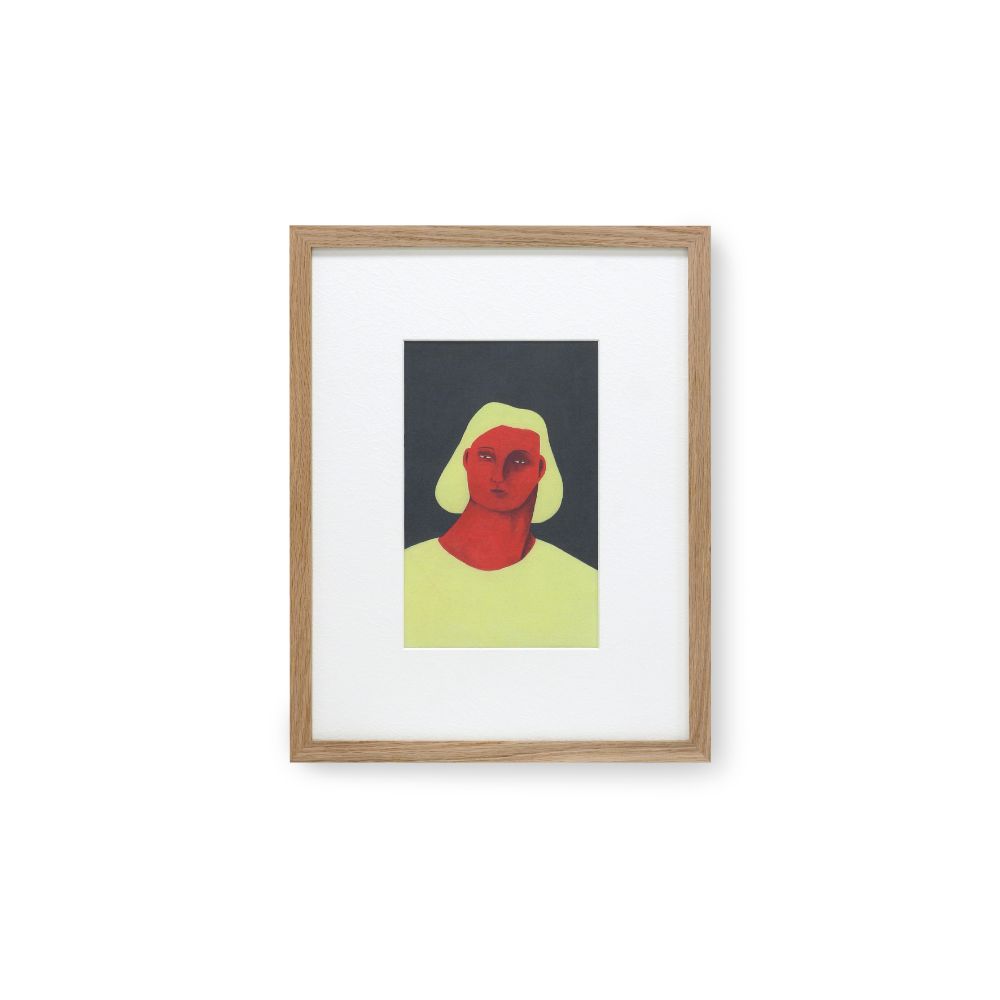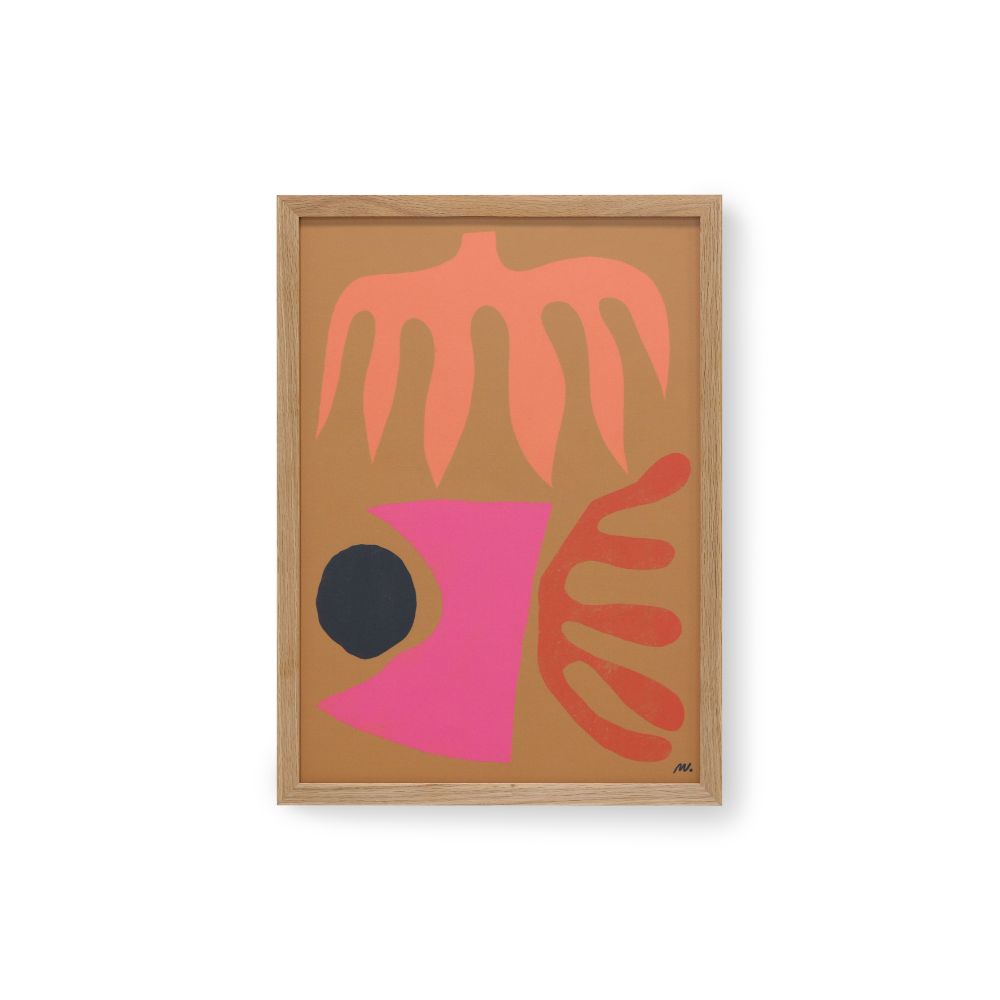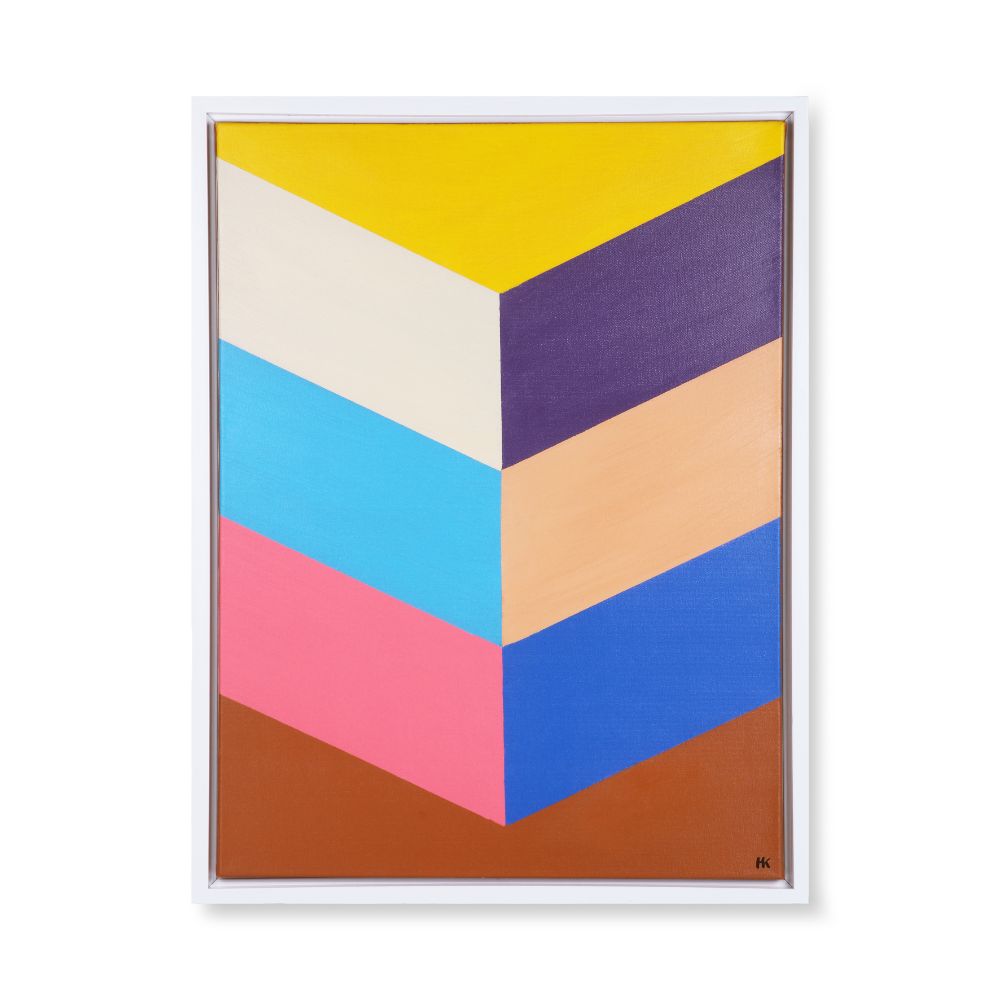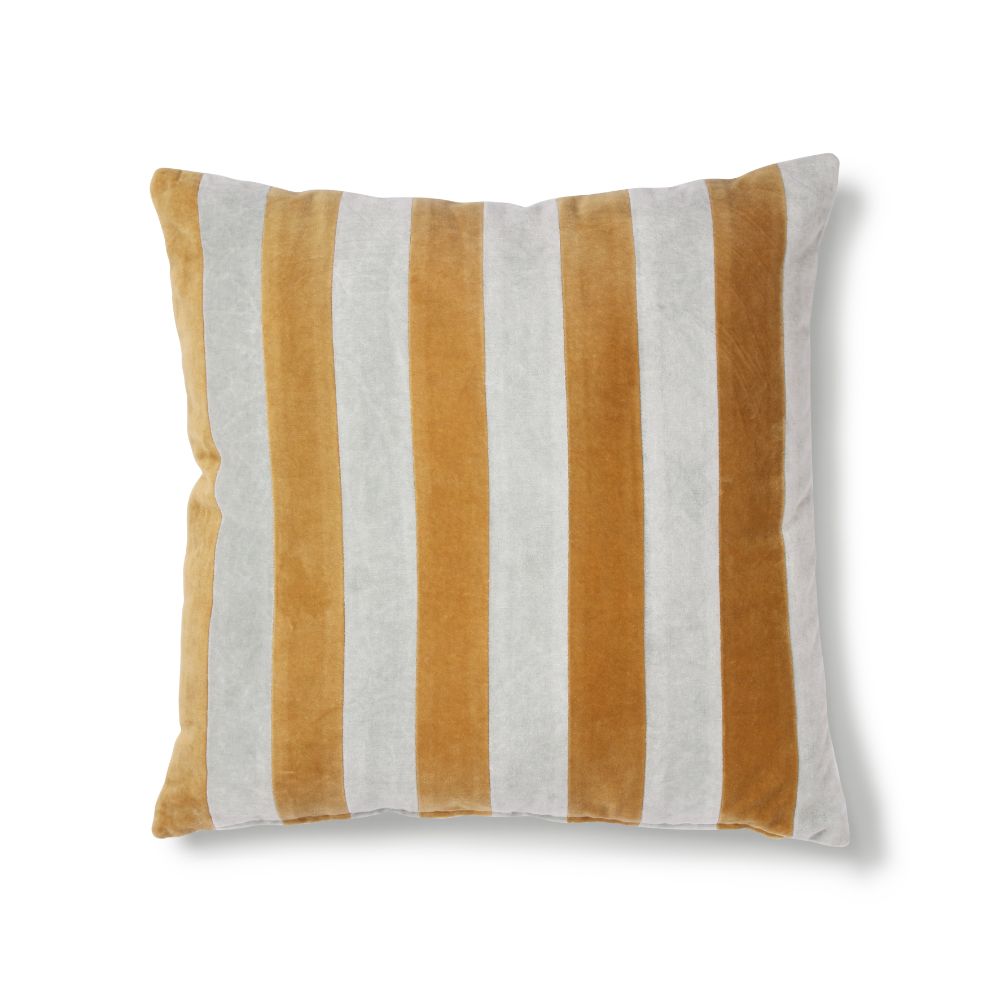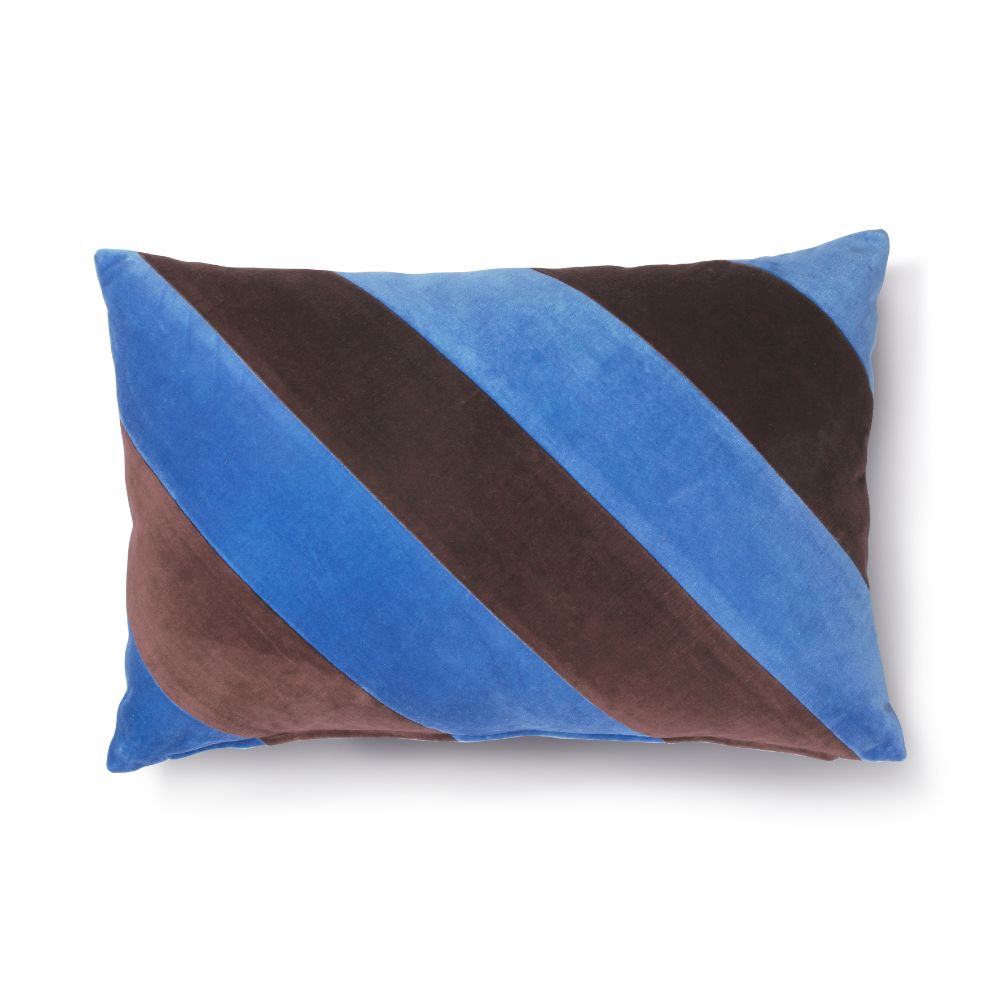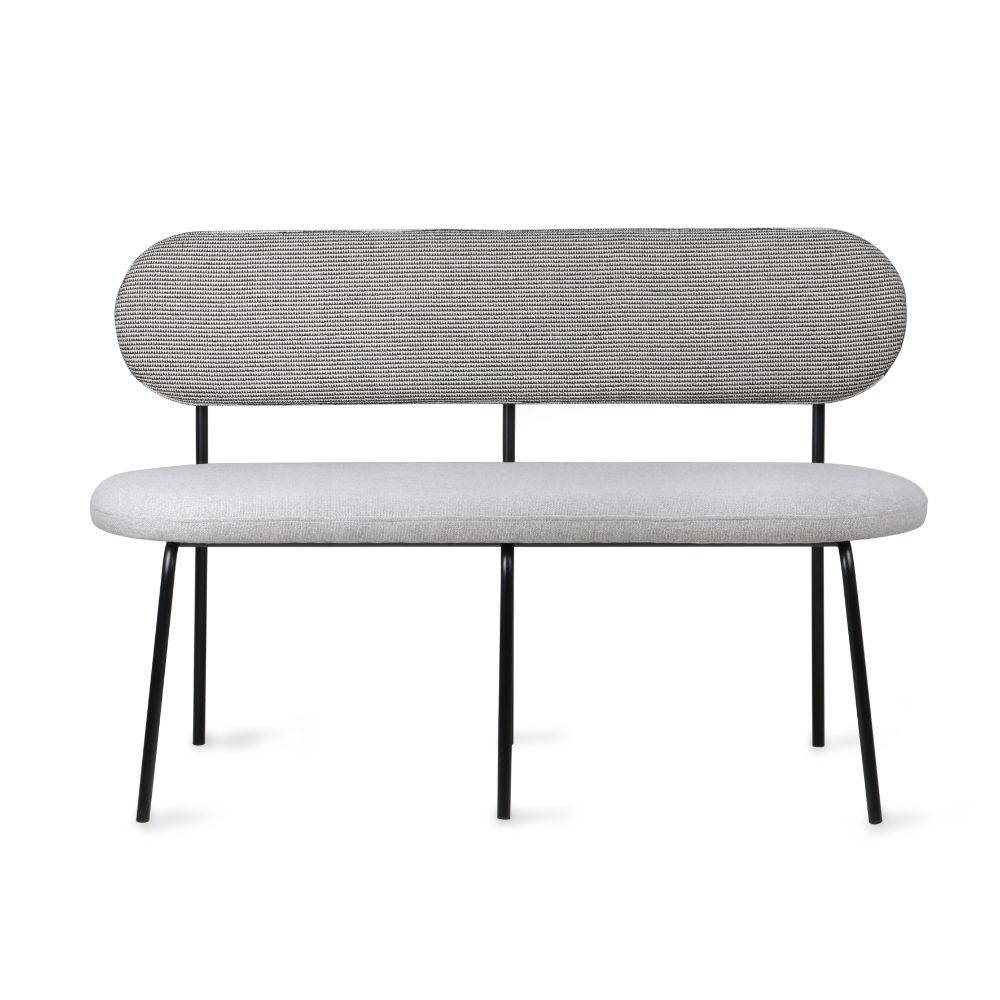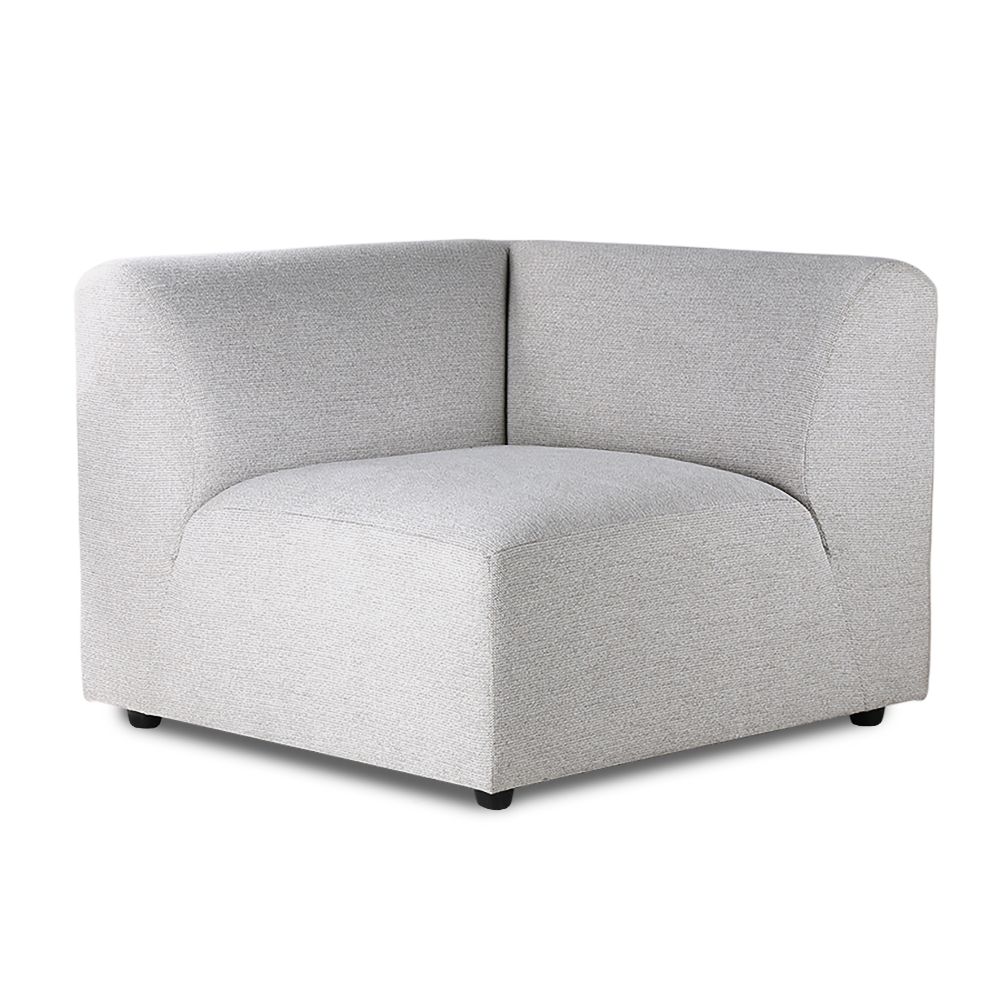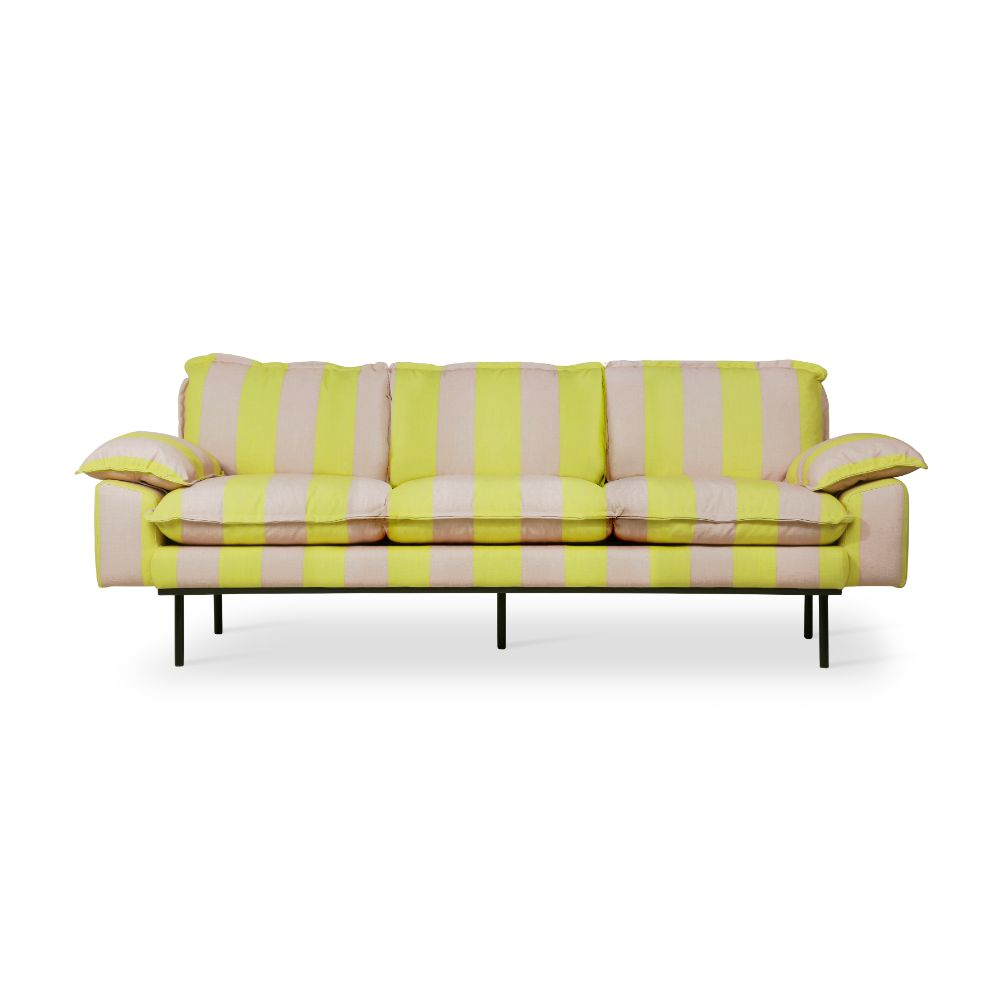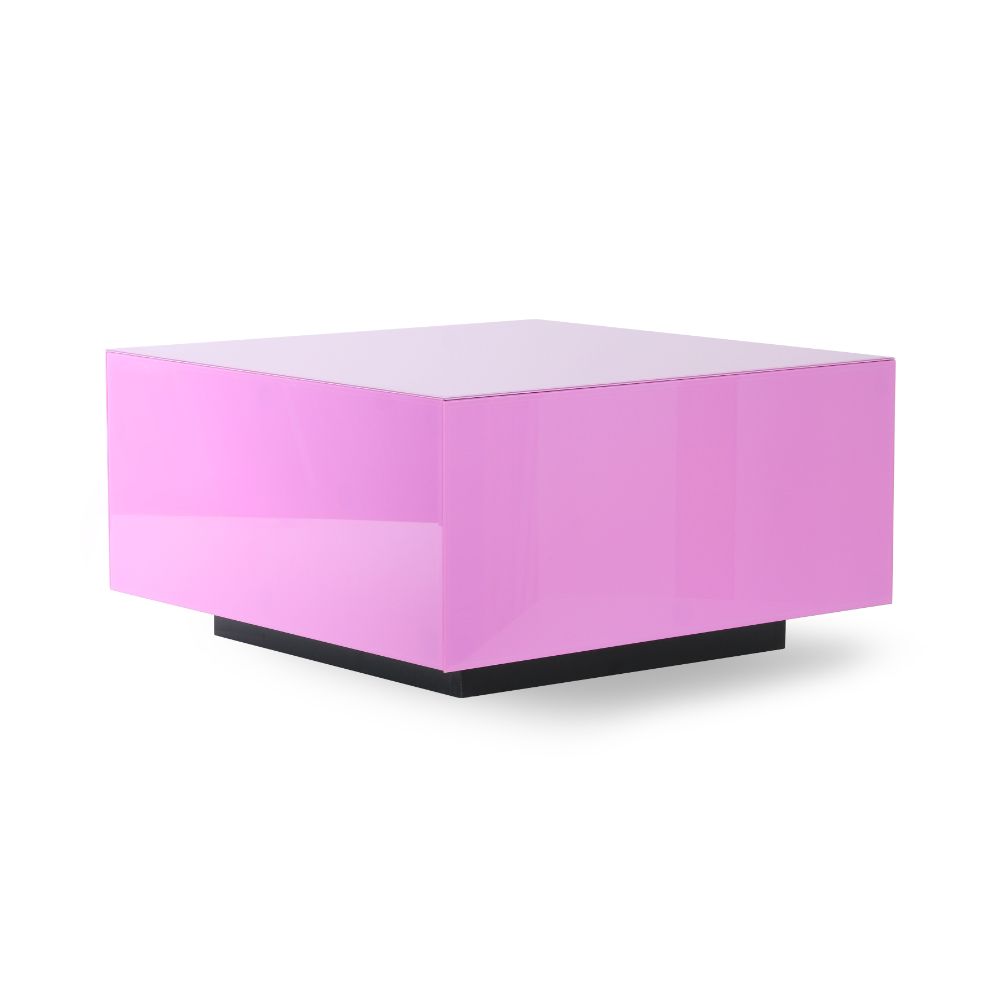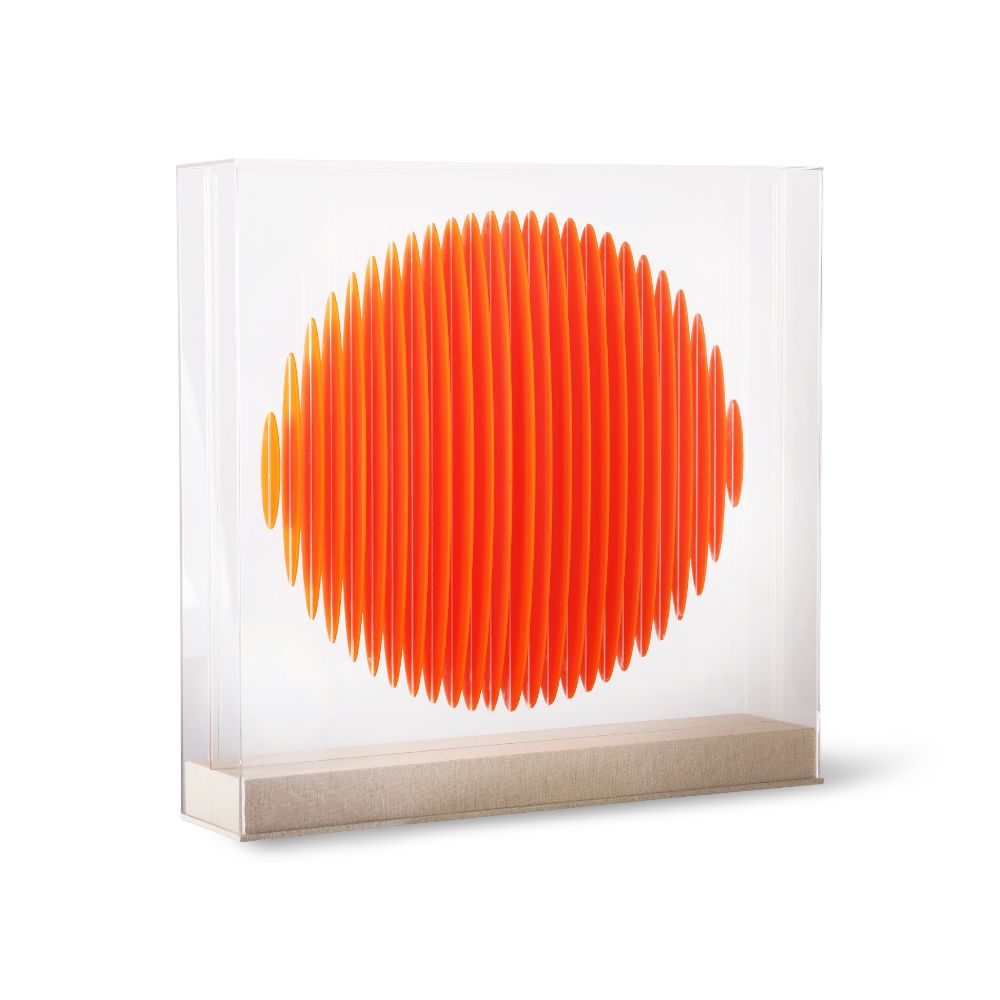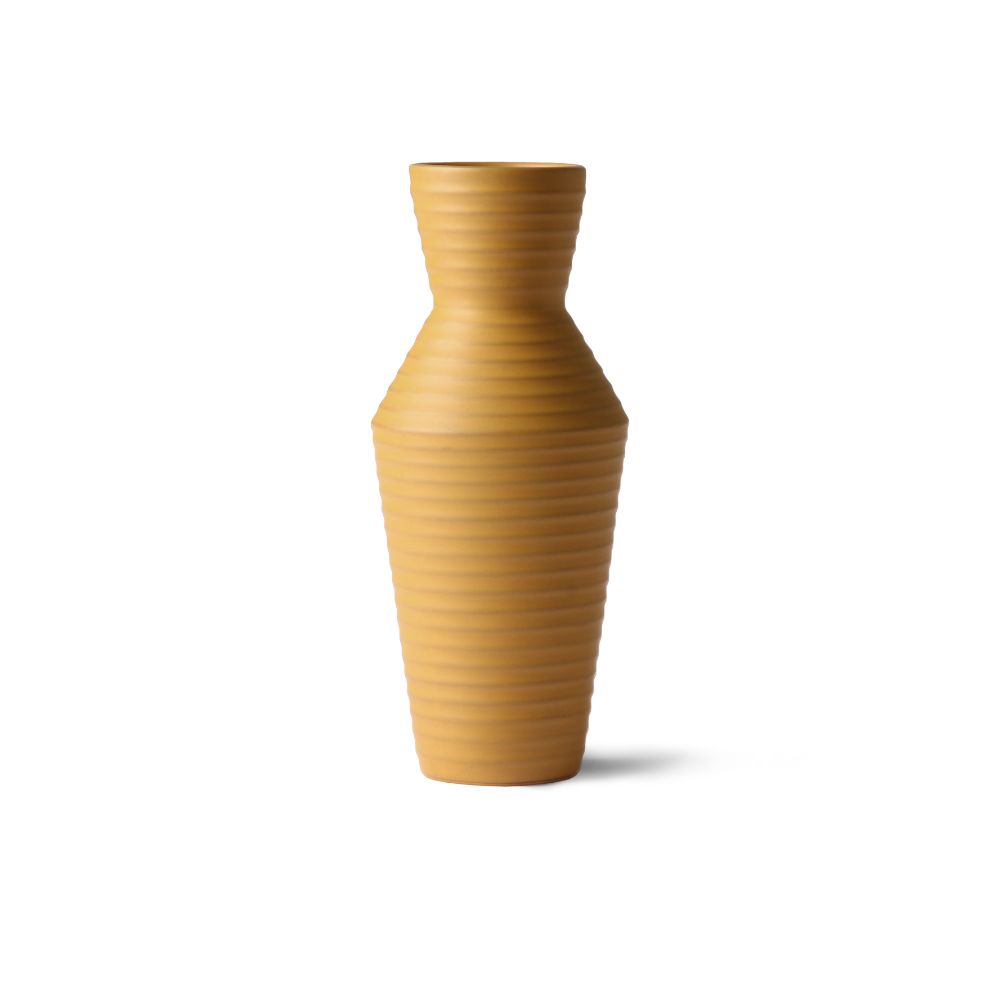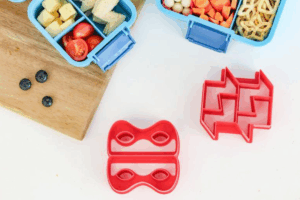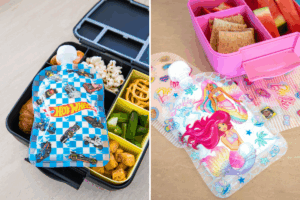Room to Grow – April Edition

This edition is all about introducing the exciting world of colour into your family home through art work and decorative pieces. It’s now more important than ever in a world of uncertainty to be aware of how we can manipulate colour to help manage our mood and sense of wellbeing in the family home.
Kids take in the world around them through their eyes, and bright colours are one of the first aspects of sight that help them distinguish form and categorize objects. This is because bright colours are easier for them to see while their eyes are still developing.
Colour also affects mood and behaviour – warm colours like orange and yellow evoke happiness and comfort, red increases alertness while blues and greens have a calming effect. Colour through decorative pieces can easily set the mood and tone that you are after.
Surprisingly, wall decoration and décor are the most common enquiries we have at Asser & Co. Many people are challenged by this aspect of their interior and say that their living areas or bedrooms feel incomplete. It’s important to realise that budget should not restrict your ability to address this.
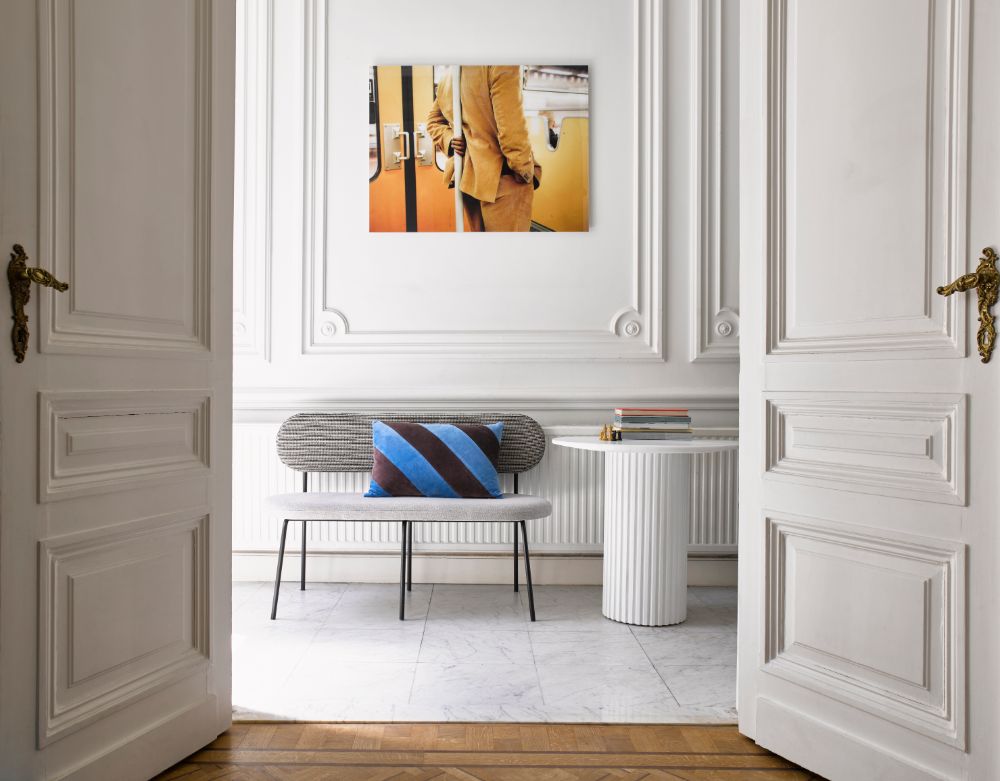
With the latest 2020 Additions Collection from HKliving, there are loads of artwork and decoration items to pique your children’s interest in shapes and forms which work perfectly in both kids’ and grown ups’ spaces. Don’t underestimate the power of a “grown up” choices. I spent many childhood years gazing at my mother’s accidental genius selection of Laura Ashley wallpaper for my bedroom. It helped ignite a lifelong passion for design!
With colour, it’s not a matter of blindly following trends – just stick to the number one rule: stay with your own personal taste so that your interior is a reflection of you. The best bet is to choose a neutral paint scheme and 2 accent colours for furnishings and artworks which make up 30% and 10% of the room. Then it’s easier to change as you and your family grows, or your tastes change.
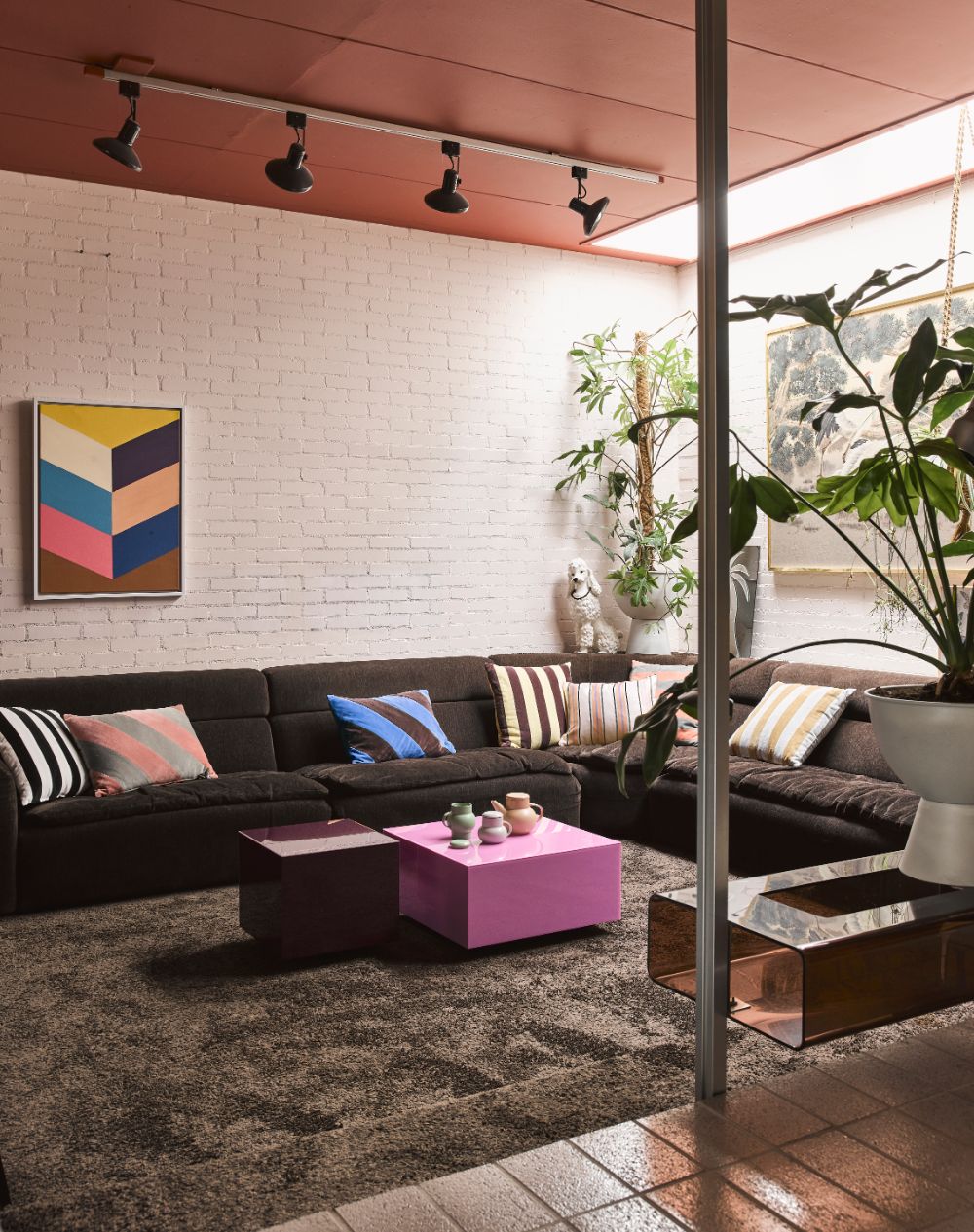
As our lifestyle shots show, there is plenty of opportunity to push the boundaries with colour schemes. You can choose to go with a number of schemes: monochromatic (various shades of one colour); complimentary (different colours on the opposite side of the colour wheel that work well together); or analogous palette (similar colours that work harmoniously together) -there is a unique look for everyone. Finally, remember to bring visual relief into the palette through neutrals and materials such as timber, stone and different textured fabrics.
Colour is important not only for creating a beautiful space, but is also great for your child’s development, and an essential building block that they will use for learning in all areas of their life!
